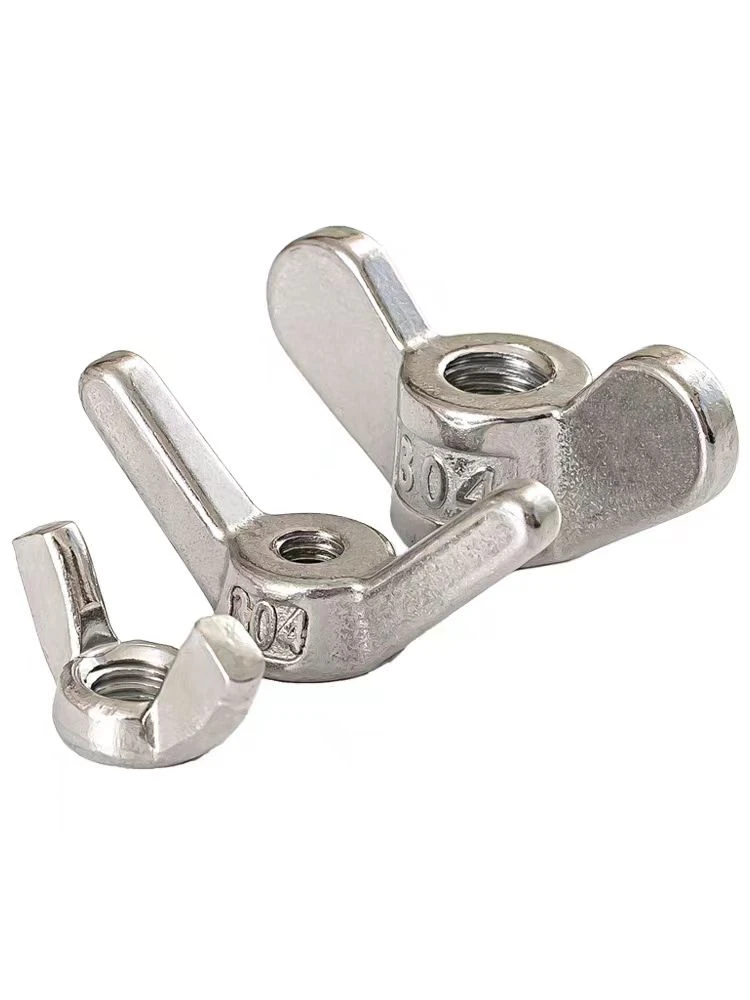

self tapping wood to metal screws
Oct . 14, 2024 05:19 Back to list
self tapping wood to metal screws
Self-Tapping Screws A Comprehensive Guide for Wood-to-Metal Applications
In the realm of construction and DIY projects, the choice of fasteners can significantly affect both the efficiency of the project and the quality of the final product. Among the various types of screws available, self-tapping screws stand out for their versatility and ease of use. This article focuses on self-tapping screws specifically designed for wood-to-metal applications, providing insights into their features, benefits, and proper usage.
What Are Self-Tapping Screws?
Self-tapping screws are specialized fasteners that can create their own hole in a material during installation. Unlike standard screws, which require a pre-drilled hole, self-tapping screws are designed to cut into the material as they are driven in. This feature makes them particularly useful in situations where efficiency is critical, such as in woodworking projects that involve metal components.
Types of Self-Tapping Screws
When it comes to wood-to-metal applications, there are several types of self-tapping screws to consider
1. Thread Cutting Screws These screws are designed primarily for use in softer metals and create threads as they penetrate the material. They are typically used in applications requiring a secure hold within metal while maintaining integrity in wood.
2. Self-Drilling Screws Also known as Tek screws, these have a drill bit-like tip that allows them to drill their own hole in the metal without needing a pilot hole. This feature makes them particularly effective in faster installations, especially in sheet metal applications.
3. Wood Screws with Metal Threads These screws often have a dual thread design, with coarse threads for the wood and finer threads for the metal. This design enhances the screw's grip in both materials.
Benefits of Using Self-Tapping Screws
The advantages of using self-tapping screws for wood-to-metal applications are manifold
1. Time Efficiency Since self-tapping screws do not require a pre-drilled hole, installation time is significantly reduced. This is particularly beneficial in large-scale projects or when working with multiple units.
self tapping wood to metal screws

2. Strength and Stability These screws provide a strong and stable fastening solution, ensuring that the connection between wood and metal remains solid over time. This reliability is crucial in structural applications.
3. Ease of Use Both professional tradespeople and DIY enthusiasts appreciate how straightforward self-tapping screws are to use. They can be installed with a standard drill or screwdriver, making them accessible for users at all skill levels.
4. Versatility Self-tapping screws can be used in various applications beyond wood-to-metal connections, including plastic and some types of masonry. Their adaptability makes them a favorite among builders and craftspeople.
Proper Usage and Installation Tips
To maximize the effectiveness of self-tapping screws when working with wood and metal, consider the following tips
1. Choose the Right Screw Select a screw specifically designed for the materials you are working with. Ensure that the length and diameter of the screw are appropriate for the thickness of the materials being joined.
2. Use the Right Tool While self-tapping screws can be driven in using manual tools, a power drill can be more efficient, especially for larger projects. Ensure the drill is set to a speed that allows for controlled insertion without stripping the screw.
3. Pilot Holes for Harder Metal In some cases, especially with hardened metals, it may be beneficial to pre-drill a pilot hole that matches the screw's diameter. This can reduce the risk of damaging either the screw or the materials.
4. Avoid Over-tightening Excessive force can lead to stripping or breaking the screw. It is essential to maintain even pressure while driving the screw to avoid these issues.
5. Surface Preparation Ensuring that the wood and metal surfaces are clean and free of debris or rust can enhance the screw's holding power and prolong the life of the joint.
Conclusion
Self-tapping screws designed for wood-to-metal applications offer an efficient, strong, and versatile fastening solution for a range of projects. By understanding the types of self-tapping screws available and following best practices for installation, builders and DIY enthusiasts can achieve durable and reliable connections in their work. Whether you are constructing a frame, assembling furniture, or embarking on a creative project, these screws can be an invaluable addition to your toolkit.
Latest news
-
Premium Fasteners Manufacturer | AI-Driven Solutions
NewsAug.01,2025
-
Hot Dip Galvanized Bolts - Hebei Longze | High Strength, Corrosion Resistance
NewsAug.01,2025
-
High-Strength Hot Dip Galvanized Bolts - LongZe | Corrosion Resistance, Custom Sizes
NewsAug.01,2025
-
Best Self Tapping Screws for Drywall - Fast & Secure Installation
NewsJul.31,2025
-
High-Strength Hot Dip Galvanized Bolts-Hebei Longze|Corrosion Resistance&Customization
NewsJul.31,2025
-
Hot Dip Galvanized Bolts-Hebei Longze Metal Products|Corrosion Resistance&High Strength
NewsJul.31,2025

